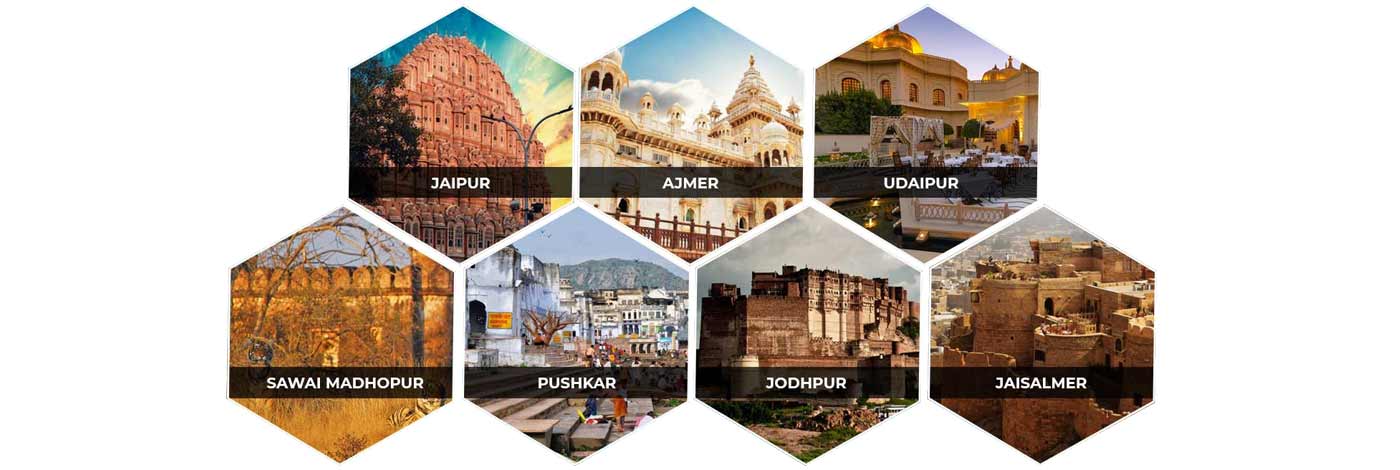
Kumbhalgarh Wildlife Sanctuary
Kumbhalgarh Wildlife Sanctuary is a major attraction for the tourists coming to Udaipur. This Sanctuary falls under the Rajsamand district of Rajasthan. Kumbhalgarh Park lies at a distance of 65 kms from Udaipur on Udaipur - Pali - Jodhpur road. If you are a wild-life lover, this is a perfect place for you to visit. Sprawled in an area of 578 sq km, Kumbhalgarh Sanctuary encircles the massive fort of Kumbhalgarh. This wildlife park has imbibed its name from the same fort.
Broadening across the Aravalli Range, Kumbhalgarh sanctuary covers parts of Rajsamand, Udaipur and Pali districts. The sanctuary makes home to many endangered species of wild-life. The sanctuary provides natural abode to many creatures like Wolf, Leopards, Sloth bear, Hyena, jackal, Jungle cat, Sambhar, Nilgai, Chausingha (the four horned antelope), Chinkara and Hare. In fact, Kumbhalgarh is the only sanctuary of Rajasthan, where you can trace wolf engaged in its activities.
This sanctuary inhabits more than forty wolves in number. In the summers, one can easily find pack of wolves strolling around water sources in the sanctuary. If you find your interest in birds, then here you can see a nice variety of birds too. In the park, you can see Grey Jungle Fowl, which is usually inhibited. Peacocks and Doves also gain attention by their own charm. Apart from this, birds like Red Spur Owls, Parakeets, Golden Oriole, Bulbul, Dove, Grey Pigeons and White Breasted Kingfisher are traceable near the water holes.
Kumbhalgarh Sanctuary also enjoys a variety of flora including many trees and plants having herbal qualities. You can also take a safari trip to enjoy the natural habitat of these birds and animals. Every year, Kumbhalgarh draws many a tourists towards itself for its natural beauty. Moreover, Kumbhalgarh is easily accessible from the city of Udaipur. You can take the services of regular buses that start from Udaipur, if you are not interested for a bus ride, you can also hire private taxis to visit this sanctuary.
Attractions in Kumbhalgarh Wildlife Sanctuary
Kumbhalgarh Wildlife Sanctuary is home to a very large variety of wild life, and some of them are highly dying out species. The wild life includes wolf, leopards, sloth bear, hyena, jackal, jungle cat, sambhar, nilgai, chausingha or the four horned antelope, chinkara and hare. The bird life at Kumbhalgarh is also enjoyable. The normally shy and untrusting grey jungle fowl can be spotted here. You will also see the peacocks and doves can be seen on a regular basis feeding on grains provided by the jungle guards and caretakers. Bird like the red spur owls, parakeets, golden oriole, grey pigeons, Bulbul, and white breasted kingfisher can also be seen near the water holes. Kumbhalgarh’s natural beauty attracts hundreds of tourists and because of its easy conveyance connectivity from Udaipur, which is 100 km from here. Foot trekking and horse safari organized by local tour operators are proving to be very popular. A typical jungle safari route enters the sanctuary from the Kumbhalgarh Fort and cutting across the sanctuary to reach Ghanerao, and then borders an old abandoned road. On this road, one can sight Chinkaras, Neelgais, four horned Antelope and many birds.
Kumbhalgarh Wildlife Sanctuary is a well-known tourist attraction counted majorly on Rajasthan Tourism. It attracts not only adults but mostly children as it is an abode to a large number of wild species and birds. In this sanctuary tourist can enjoy exclusive jungle safari and gain a great experience especially in the winters.
How to Reach Kumbhalgarh Wildlife Sanctuary
Kumbhalgarh Wildlife Sanctuary is located nearby Udaipur City. And tourist who are plannig for the national park can either reach via buses or can book taxi.
By Air : Udaipur Airport is the nearest airport which is about 85 km from the Wildlife Sanctuary.
By Rail : Falna Railway Station is the nearest Railway Station.
Rajasthan Wildlife
Rajasthan brings to mind the images of forts, palaces, lakes, colourful festivals and the mighty Thar Desert. Rajasthan is a land of varied topography, ranging from the semi green forests of Mount Abu to dry grasslands of the desert, and from the dry deciduous thorn forest of Aravali to wetlands of Bharatpur. Each of these areas is home to variety of rare as well as endangered animal and bird species. The sanctuaries and the wildlife parks here attract the migratory birds and become their temporary home. Migratory birds like the common crane, ducks, coots, pelicans and the rare Siberian cranes, imperial sand grouse, falcons, buzzards flocks to this state during the winter season. In the season time, the whole place echoes with enchanting sounds and fascinating visuals against the sprawling meadow of flora. Each of these areas is a haven for a wide spectrum of wildlife, bestowing the state with some of the most fascinating wildlife sanctuaries in India.
With its unconventional beauty and varied attractions, Rajasthan simply charms its way into our hearts. However, there is another aspect of Rajasthan that draws visitors in hordes. Well, it is Rajasthan's rich wildlife that makes adventure lovers and wildlife enthusiasts flock its national parks and wildlife sanctuaries every year. A very well known fact is that Rajasthan has a variety of flora and fauna. Rajasthan is the haven of the tigers and many endangered species. Rajasthan is the home of some rare species of tigers, blackbucks, chinkara, the desert fox, the endangered caracal, the great Indian bustard, gavial, monitor lizard, wild boars, porcupine, etc. The leopard (panther) here is found in forests and in open degraded forest areas with rocky outcrops adjoining towns and villages. Each type of ecosystem is host to some rare species, so they have been marked as special area wildlife.
Rajasthan boasts of three national parks and over a dozen sanctuaries that offer a fascinating variety of birds and beasts, of flora and fauna and of hilly and forested terrain. Most of these areas are open to visitors round the year but are closed briefly during the monsoon. The wildlife sanctuaries in Rajasthan offer some of the best wildlife tours in India and can be explored either by jeep or on elephant back. So, get set for a jeep or elephant safari and enjoy a close encounter with the wild beasts and beautiful birds in their natural habitat. For those looking for adventure, these wildlife sanctuaries of Rajasthan provide the kind of excitement that really makes the adrenaline flow.
The Nahargarh Biological Park has a variety of vegetation and several species of wild beasts. The Jhalana Nature Trail, Arboretum Park, Amrita Devi Park and Machia Safari Park are the other popular ones. Around 550 species of birds can be traced in the lakes, ponds, marshlands and grasslands of Rajasthan. They are an absolute paradise for bird lovers most of which are residents. The best colony of birds in the world is Kealodeo National Park situated in Bharatpur. The Keoladeo Ghana National Park at Bharatpur is a bird sanctuary that is visited, every year, by our feathered friend from distant lands. It is famous for the exotic Spoonbills and Siberian Cranes. It has more than 400 species of birds and more than 130 of them breed inside the park. Being a unique bird place, the UNSECO has recognized it as a world heritage site. The Sariska Wildlife Sanctuary and the Ranthambore National Park are tiger reserves and homes to the royal Indian tiger. These destinations have a large variety of other wild species including the wild boar, jackal, sambar and nilgai. The Ranthambore National Park is also a heritage site, as it houses the magnificent ruins of a thousand-year-old fort.
The best season for bird watching begins with the onset of winter when marshlands and lakes are inhabited by migratory birds as well as resident birds. Flamingos, too can be seen in salt-water lakes like Pachpadra near Barmer and Sambhar near Jaipur. The major wetlands other than Bharatpur in Rajasthan.
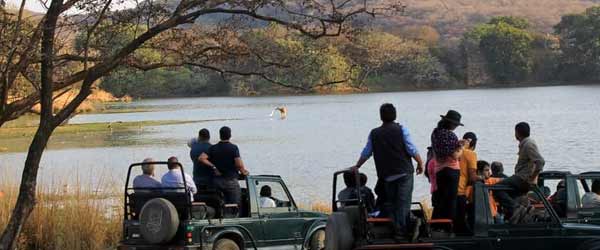
Ranthambore National Park
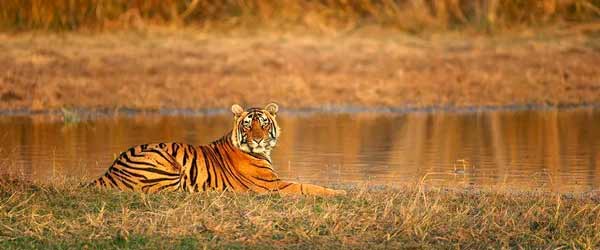
Sariska National Park, Alwar
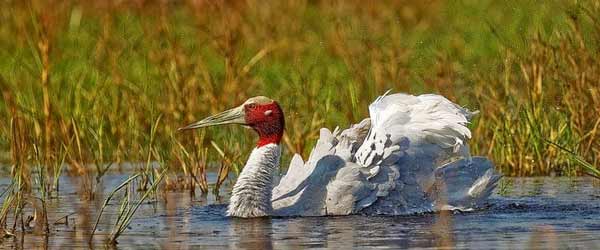
Keoladeo Ghana Bird Sanctuary
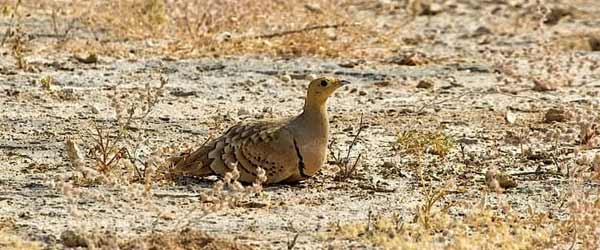
Desert National Sanctuary
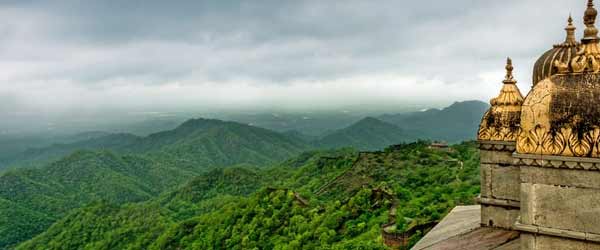
Kumbhalgarh Wildlife Sanctuary
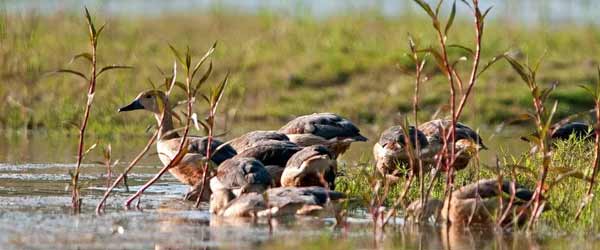
Darrah Sanctuary, Kota
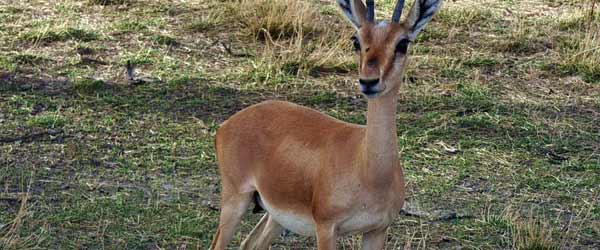
Mount Abu Sanctuary
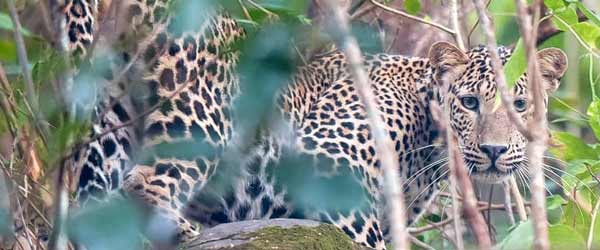
Sita Mata Sanctuary, Pratapgarh
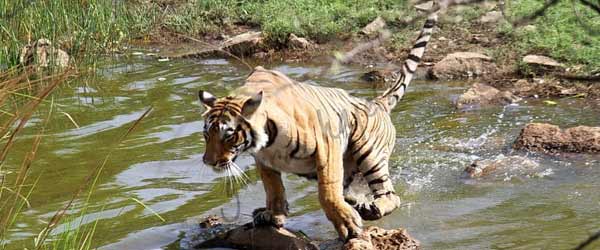
Keladevi Wildlife Sanctuary
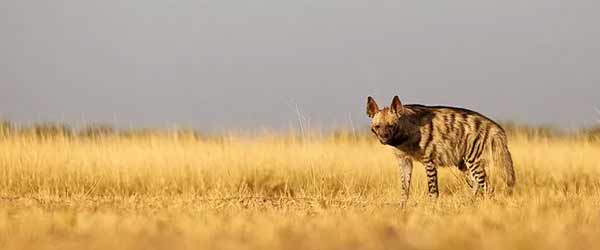
National Chambal Wildlife
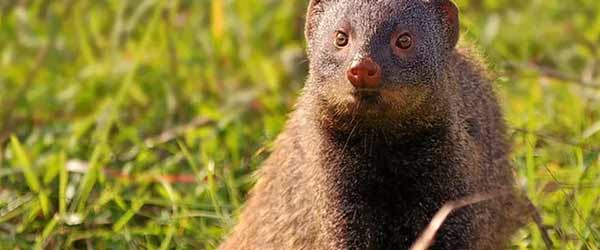
Machiya Safari Park, Jodhpur
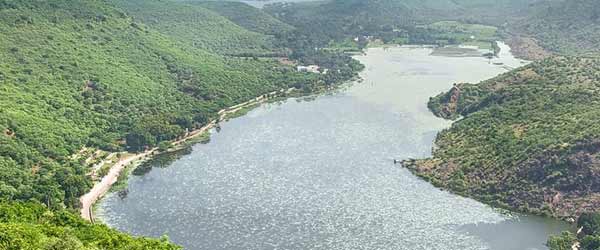
Ramgarh Vishdhari Sanctuary
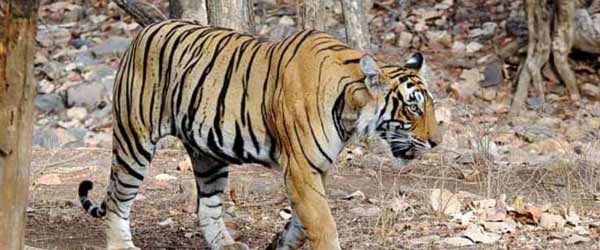
Mukundara Tiger Reserve, Kota
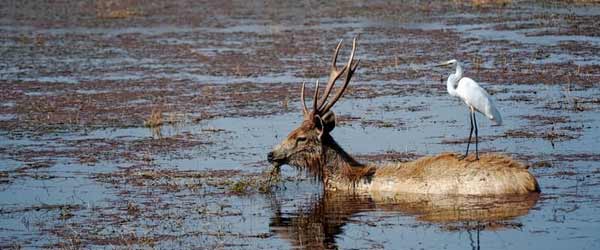
Baretha Wildlife sanctuary
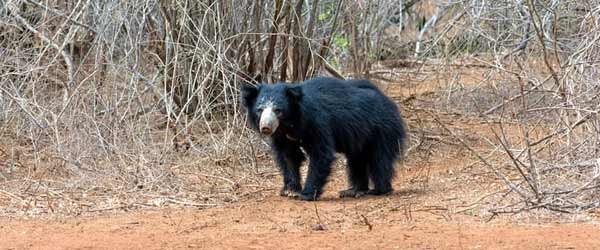
Jaisamand Sanctuary, Udaipur
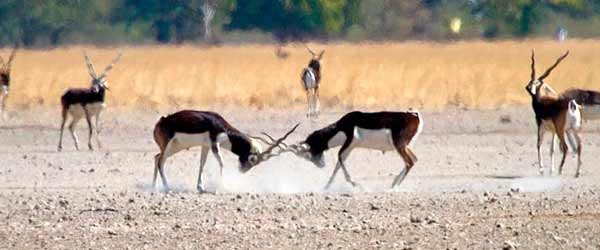
Tal Chhapar Sanctuary
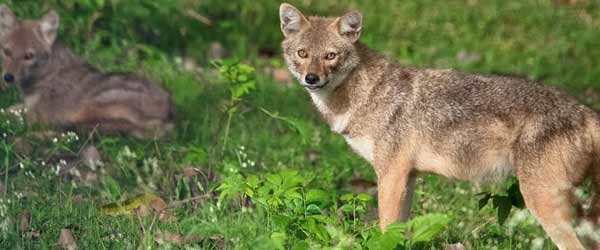
Bassi Wildlife Sanctuary
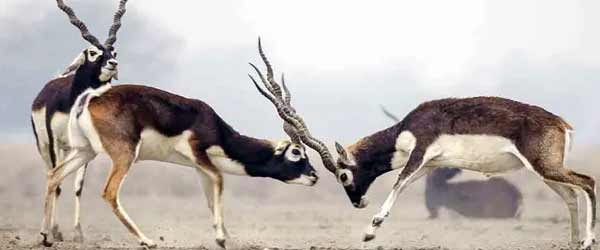
Gajner Wildlife Sanctuary
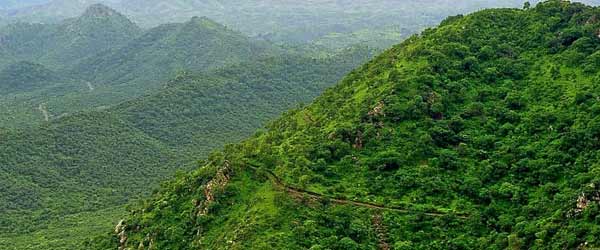
Sajjangarh Wildlife Sanctuary
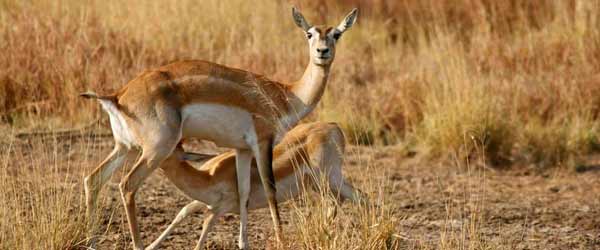
Todgarh Raoli Wildlife Sanctuary
 +91 9549279999
+91 9549279999 